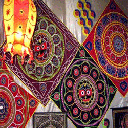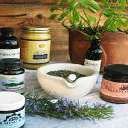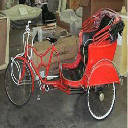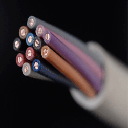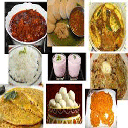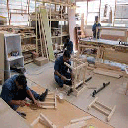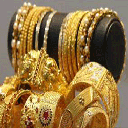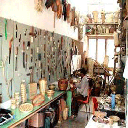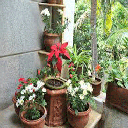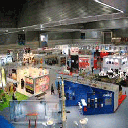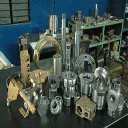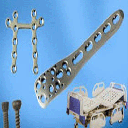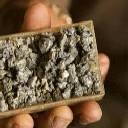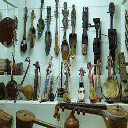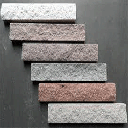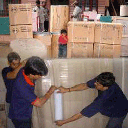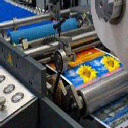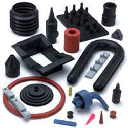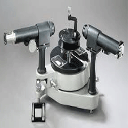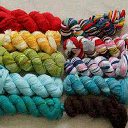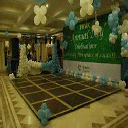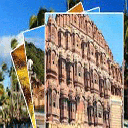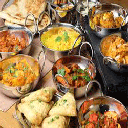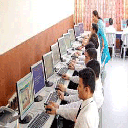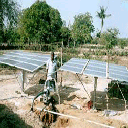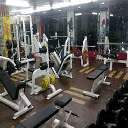North Goa is one of the two districts that make up the state of Goa, India. The district has an area of 1736 km², and is bounded by Sindhudurg and Kolhapur districts of Maharashtra state to the north and east respectively, by South Goa District to the south, and by the Arabian Sea to the west. Much of the today's North Goa territories (Pernem, Bicholim, and Sattari) were under the Kingdom of Sawantwadi. While Ponda was sometimes with Sunda Kingdom or Marathas or Kingdom of Sawantwadi. Hence these territories were seen as safe haven for the Hindus who were under the continuous fear Portuguese Inquisition. These territories were conquered by Portuguese as part of New Conquest in late 18th centuries. These territories then remain with Portuguese till 1961 till it was annexed by India. Goa and two other former Portuguese enclaves became the union territory of Goa, Daman and Diu, and Goa was organized into a single district in 1965. On 30 May 1987, Goa attained statehood (while Daman and Diu remained a union territory), and Goa was reorganized into two districts, North Goa and South Goa. Geography Its geographical position is marked by 15o 48’ 00†N to 14o 53’ 54†N latitudes and 73o E to 75o E longitudes Language Konkani is mother tongue of majority of people living in North Goa district. Marathi and Kannada are spoken by a substantial number of people as mother tongue. English and Hindi are understood by a majority of the population. Portuguese is also spoken and understood by a small number of people. The taluka of Pernem is Goa’s northernmost district and is one of the few places in the state dominated by the Hindus. There are few magnificent temples located in this taluka of which the Bhagavati temple and the Morjee temple are worth visiting. Pernem’s beautiful coastline with long sandy beaches, lagoons and coconut plantations provide great relaxation to the tourists. Being not as popular as other destinations in Goa, Pernem has few settlements equipped to cope with the tourists.
Sri Bhagavati Temple Sri Bhagavati temple, dedicated to Goddess Bhagavati (Lord Shiva’s consort) is located in the main bazaar. The temple painted with bright colour stands on a 500 year old site but the present structure dates back to 18th century. Its elaborate gateway is framed by two life size images of elephants. Sri Morjee Temple Shri Morjee Temple is a small shrine dedicated to Kanakeshwar Baba or Bodgeshwar, locally known as Bongini. It is located at Morjim, 15 km from Mapusa. Devotees believe that if you worship in this temple. Your desires are fulfilled. On the fulfillment of desires, people offer presents to the God as promised by them earlier. A festival is held in the temple premises in the month of December/January when thousands of devotees flock to place to worship Kanakeshwar Baba. Monuments Deshprabhu House At a walking distance from the main bazaar of Pernem is the palatial Deshaprabhu House, the 19th century mansion of the wealthy Hindu Deshaprabhu family. Deshaprabhu fought for Goa’s liberation in 1961. This property built around 16 courtyards, has a private temple and a museum that displays family portraits and antiques. Shopping As far as the shopping items are concerned, you will get the opportunity to choose from a wide range of artifacts and momentos. Artifacts made of shell work, bamboo work, brassware, curios and old coins, trinkets made of stones and corals, artifacts made of papier-mâché, carved furniture, and beachwear are some with the popular entries in shopping carts. While you bask in this shopping extravaganza, make it a thumb rule to bargain to your heart's content. In most cases, the quoted price is far higher than the actual price and use your persuasion and negotiation skills while bargaining with the feisty Goan vendors.


